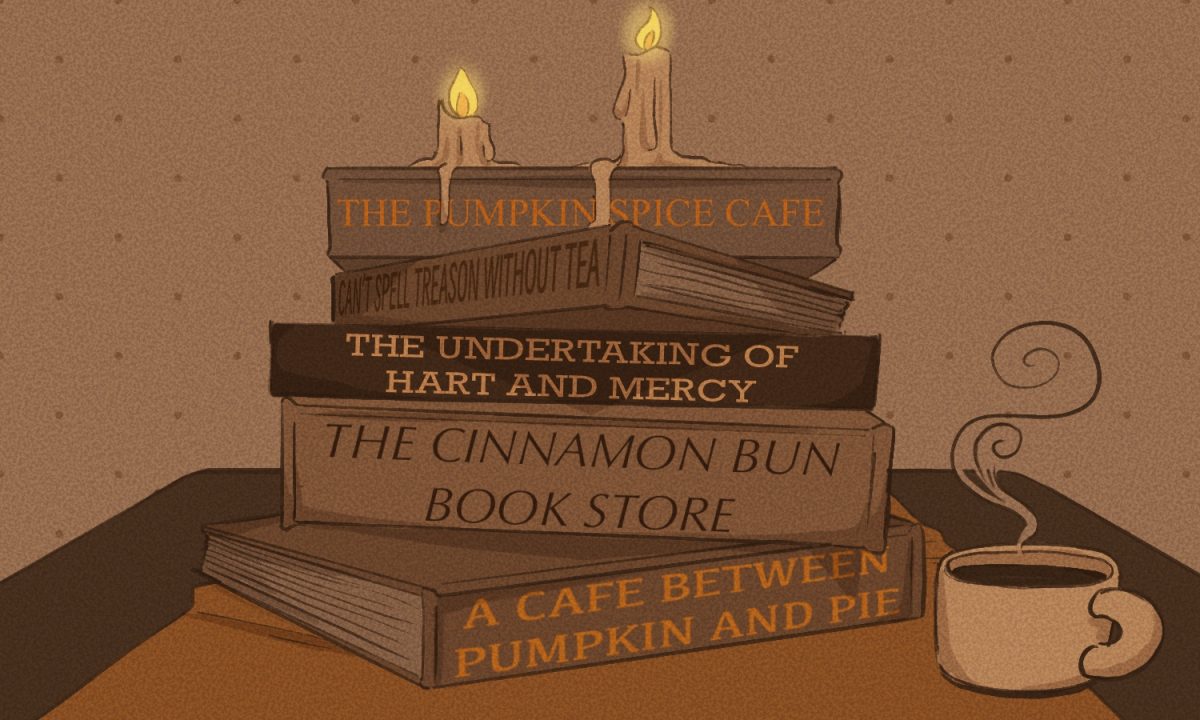Trying to describe “The Lighthouse” with words is a little bit like trying to describe a computer circuit board using Egyptian hieroglyphs.
There is simply no collection of letters in the English language that could convey the thoughts and emotions this film brings out in its audience.
It’s “The Shining” meets “Eraserhead” meets “Waiting for Godot” with a Promethean undercurrent that carries the story all the way through. It’s curiosity wrapped inside a mystery wrapped inside an enigma wrapped inside a 1:33:1 aspect ratio. It’s a trip down the rabbit hole through a wormhole and straight into a black hole.
It’s “The Shining” meets “Eraserhead” meets “Waiting for Godot” with a Promethean undercurrent that carries the story all the way through.”
Of course, “The Lighthouse” isn’t the only movie of its kind. Ever since the mainstream art world discovered the healing power of magic mushrooms in the mid-20th century, our movie screens have never ceased to be bombarded by an endless onslaught of jarring images flashed one after the other with no particular rhyme or reason other than to lure one’s lunch back up their esophagus.
In some ways, the film succumbs to this kind of mindless surrealist confusion. It certainly has its share of overtly disturbing sequences that only serve to shock rather than inspire any specific, intentional emotion. But these kinds of scenes are nearly impossible to avoid in surrealist cinema. After all, what defines surrealism is the fact that it is steered primarily by the unknown, unconscious forces of the human psyche, which can’t always be rationalized or made sense of.
The key to an effective surrealist piece is its ability to connect, at least in part, these unconscious forces with images, actions and stories that manifest themselves in the real world. “The Lighthouse” does this very well, weaving together a strong storyline and believable characters amidst its shocking, otherworldly visual composition.
The cornerstone of the film is the relationship between the two main characters, Ephraim Winslow and Thomas Wake, played by Robert Pattinson and Willem Dafoe respectively. The juxtaposition between these two men’s personalities is as stark and combative as that of the land and the sea.
Pattinson is a working man searching for stability and consistency. He’s a man of the land. Meanwhile, Dafoe is a salty, grizzled sea dog who lusts after the wild, unhinged days of his youth working as a sailor on the rough and tumbling ocean — the rough and tumbling ocean that he can now only watch passively from the dull, mild-mannered shore. He’s the tumultuous sea.
It’s a perfect setup for the kind of mano a mano conflict that makes captivating drama, and screenwriters Robert Eggers and Max Eggers execute it perfectly, pushing these characters all the way to their breaking point in a slow, tantalizing fashion that doesn’t just cut to the character’s core, but also takes the time to savor each layer of their personas as they are pulled back.
And this isn’t to mention Dafoe and Pattinson themselves, both of whom embody the two tortured lighthouse operators with passion, commitment and authenticity.
This is to be expected with Dafoe, a seasoned thespian who seems as if he were born to play the part of the gravelly Wake. He will most assuredly receive at least consideration, and likely a nomination, from the Academy come awards season for his fiery performance.
Pattinson, on the other hand, was a surprise. The actor has no doubt come a long way from his days as the teenage vampire heartthrob from the “Twilight” series, proving his chops in more serious films like 2017’s “Good Time.” However, he has hitherto not taken on a role of this intensity or psychological complexity. Suffice it to say, he counters Dafoe’s fiery outbursts with his own subtle but nonetheless impassioned intensity.
He also displays a keen connectedness to his character’s fragile psychological state throughout, never revealing too much about his innermost thoughts or feelings until the moment absolutely calls for it — a difficult feat for an actor of his age. Pattinson pulls it off with ease.
To see a movie featuring characters who actually believe in what they say and who are willing to follow through on those beliefs to the bitter end, even their death, is refreshing. It’s that commitment that makes characters real and empathetic.”
The tense and terrifying dynamic between the two characters makes for a uniquely explosive story, a rare find when the deep-seated beliefs that divide characters are often dulled to make them more palatable to the lukewarm relationships modern audiences are accustomed to in their daily lives.
To see a movie featuring characters who actually believe in what they say and who are willing to follow through on those beliefs to the bitter end, even their death, is refreshing. It’s that commitment that makes characters real and empathetic.
With regard to its technical aspects, “The Lighthouse” shines. The cinematography is masterfully done. It’s black and white but not in the clean, crisp way common in modern cinema. There is a certain graininess to the film, and the audio as well, which gives the film a distinctly independent, low-budget aesthetic.
This, coupled with the 1:33:1 aspect ratio and the film’s isolated setting, imbues the piece with a classical mood, harkening back to the B-movie horror flicks of the Hollywood golden era: films like “Dracula,” “Frankenstein” and “The House on Haunted Hill.” Like “The Lighthouse,” these films were defined by their employment of gothic themes to highlight the grimmer aspects of human nature, so it’s fitting that the film would pay tribute to them in this way.
It also serves as a reminder of the universality of these fears and their persistence throughout time. It’s a reminder of how, no matter how smart or how civilized we become, there is always a monster lurking deep inside of us.
Scotty Powell can be reached at entertainment@collegian.com or on Twitter @scottysseus.






